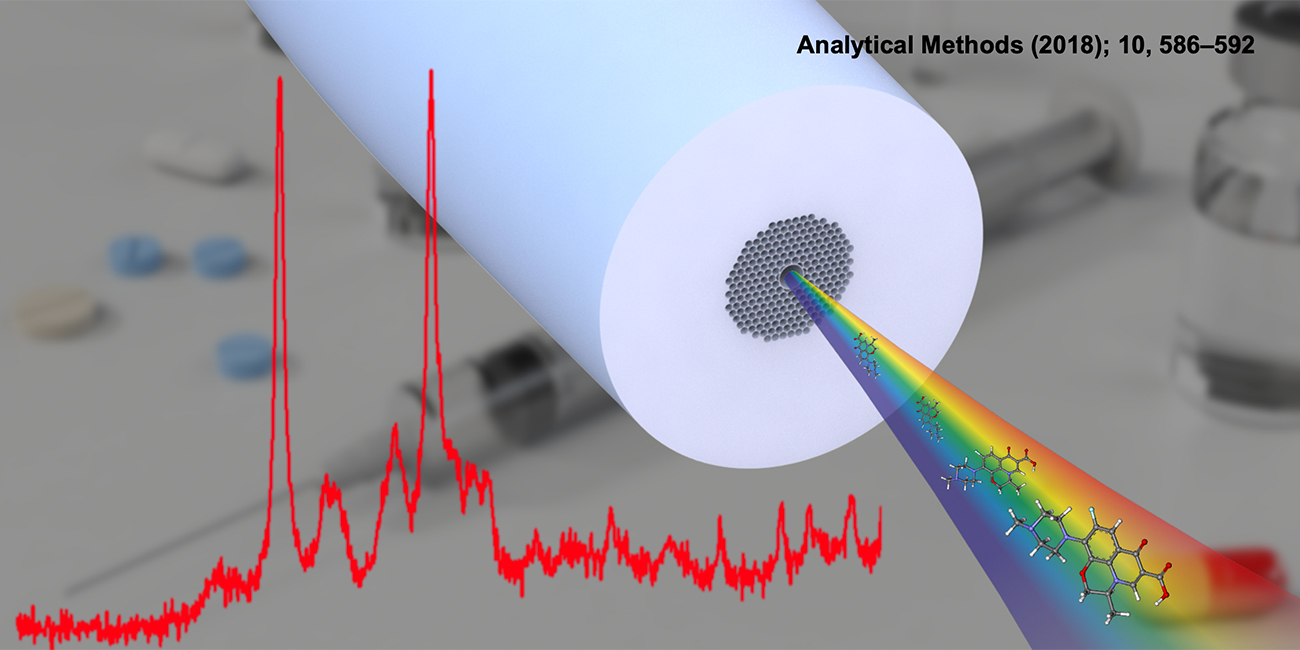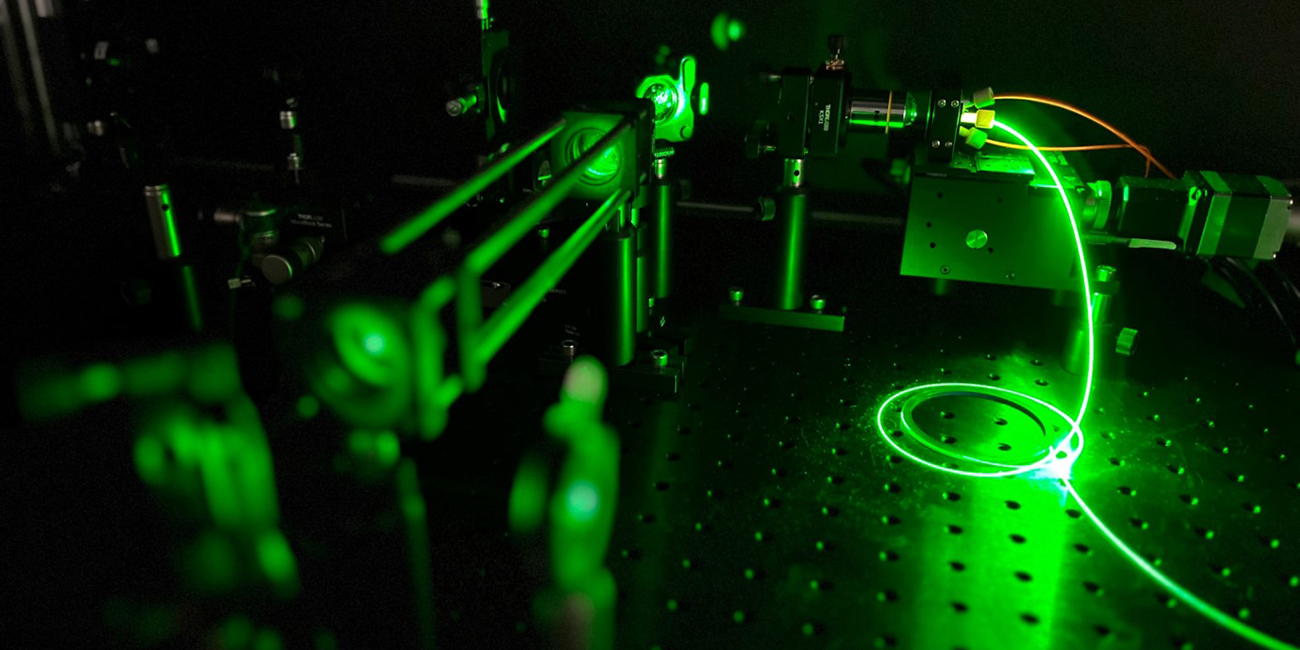Research Overview
Our research focuses on novel optical spectroscopic laser measurement techniques for personalised medicine and therapy monitoring. We develop optical microscopy and imaging techniques in combination with molecule-specific, label-free spectroscopic methods, e.g. to analyse processes in cells, disease markers and active substances directly and without invasive procedures. In addition, we are working on the design of novel photonic amplification techniques and the development of miniaturised, flexible sensor systems for use at the point of care for personalised theranostics.

Research topics:
Techniques for personalised medicine
Cross-sectional topics
Highlights
Drug-target interactions
Detailed insights into molecular interactions of the antimalarial artesunate with its target-structure β-hematin are of outmost importance for the tailored design of future efficient antimalarials. These findings were derived by a novel combination of resonance Raman excitation, two-dimensional correlation analysis, and density functional theory calculations of β-hematin and its complexes.
Publication
Robert Domes and Torsten Frosch, Analytical Chemistry 95, Nr. 34, 2023: 12719–31. https://doi.org/10.1021/acs.analchem.3c01415 (opens in new tab).
High-throughput spectroscopy
Parallelized multifocal Raman difference spectroscopy reveals even the smallest spectral differences that occur due to weak interactions between substances. The new setup enables the investigation of subtle changes due to biochemically important molecular interactions and opens new avenues to perform drug binding assays and highly parallelized monitoring of chemical reactions.
Publication
Sebastian Wolf, Robert Domes, Andreas Merian, Christian Domes, and Torsten Frosch, Analytical Chemistry 94, Nr. 29, 2022: 10346–54,https://doi.org/10.1021/acs.analchem.2c00222 (opens in new tab).
UV Raman spectroscopy
Deep UV resonance Raman spectroscopic analysis provides high sensitivity for the quantification of the antimalarial ferroquine (FQ) in the food vacuole of a parasitized erythrocyte and gives insights in the excellent permeation behavior through parasitophorous membranes which result in a strong enrichment at the site of action inside Plasmodium falciparum.
Publication
Robert Domes and Torsten Frosch, Analytical Chemistry 95, Nr. 19, 2023: 7630–39, https://doi.org/10.1021/acs.analchem.3c00539 (opens in new tab).





















